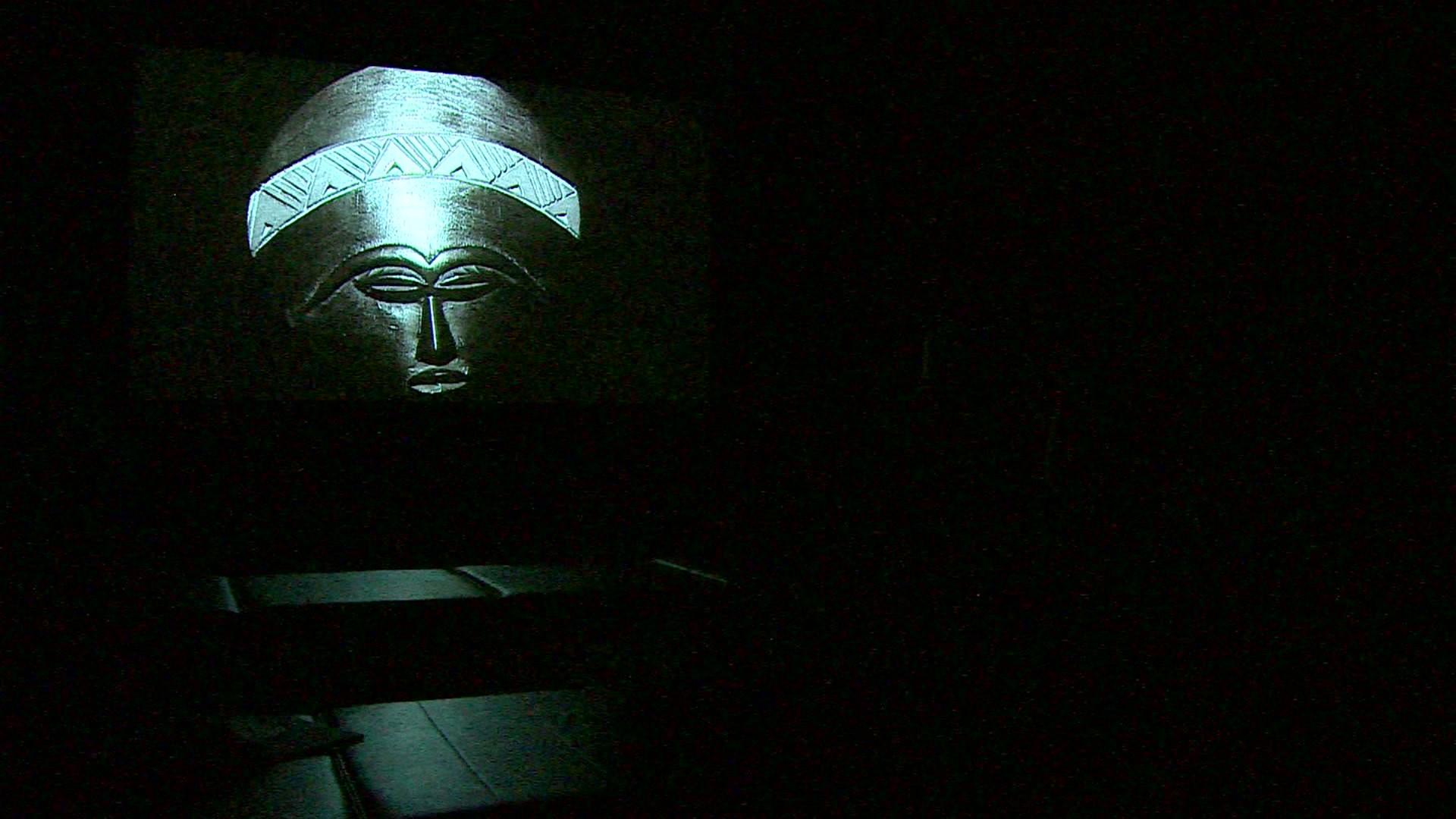'Radical' Turner Prize show unveiled in Glasgow
- Published
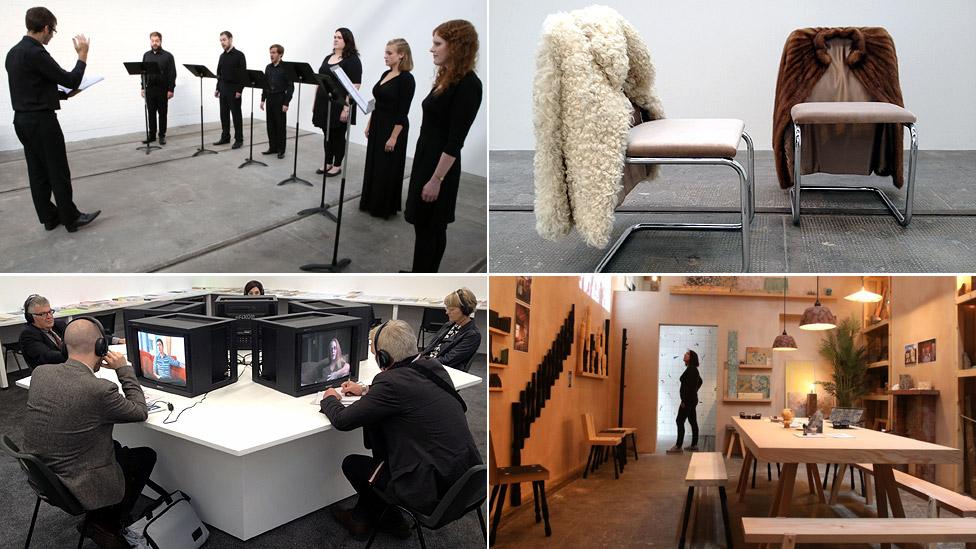
Nominated artwork, clockwise from top left: Janice Kerbel, Nicole Wermers, Assemble, Bonnie Camplin
Opera singers, an artisan DIY showroom and a pop-up research library are all part of this year's Turner Prize exhibition, which showcases the latest nominees for the prestigious art award.
The exhibition opens at the Tramway gallery in Glasgow on Thursday.
In the past, the contemporary art prize has frequently been provocative and disliked by traditionalists.
Likewise, this year's visitors may struggle to find much that fits the conventional definition of visual art.
The nominees include architectural collective Assemble, who are using the exhibition to launch their own range of home improvement objects, external - from tiles to doorknobs and fireplaces - based on designs they have created for the Liverpool regeneration project that brought them to the attention of Turner judges.
Janice Kerbel has written an avant-garde, a capella 24-minute opera, which will be performed in the gallery at regular intervals by six singers.
Bonnie Camplin has installed a supernatural study centre, including five TV sets showing interviews with people who claim to have had paranormal experiences, as well as books, leaflets and a photocopier for visitors to use.
The work of the final nominee, Nicole Wermers, comes the closest to recognisable contemporary art, presenting 10 dining chairs with fur coats on the backs.
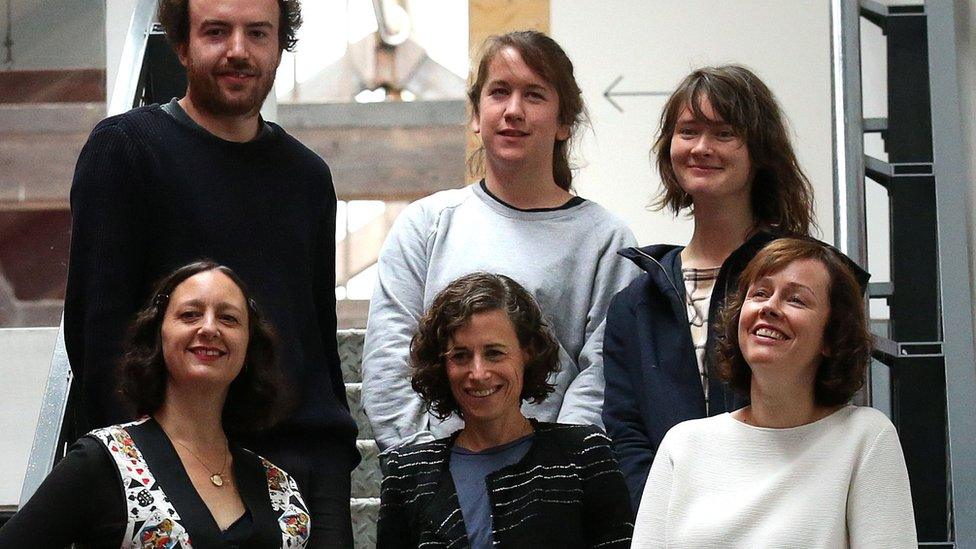
Back row left-right: Lewis Jones, Amica Dall and Fran Edgerley of Assemble. Front left-rignt: Bonnie Camplin, Janice Kerbel and Nicole Wermers
Co-curator Paul Pieroni said the exhibition showed how diverse contemporary art had become.
"It can be made out of anything with anything by anyone, anywhere, anyhow," he said. "That means you get very interesting projects and this year is exemplary.
"One would say there's only one project that's traditionally composed of the material of art, and that's Nicole Wermers' presentation. Everything else is working in a radically different way.
"This year is also a interesting year because of the number of female artists nominated, and because Assemble are nominated, which is a collective whose background isn't explicitly in contemporary art production. It feels like the prize is experimenting a little... both in terms of the medium and in terms of the nominees."

Analysis - Will Gompertz, BBC arts editor
If last year's edition at Tate Britain was a low point, the 2015 version at Tramway in Glasgow is a high the prize hasn't reached for a long time.
To be clear, we're a million miles away from the shock-n-gawp of the YBA years, or the inward looking, art-history obsessed efforts of more recent incarnations.
This is the least egotistical, knowing, in-jokey Turner Prize I've seen. All four exhibits - three by women, the other by a design collective - are intelligent investigations and observations about the shortcomings and overlooked elements of our everyday lives.
Read Will's full blog on this year's Turner Prize exhibition.

Assemble
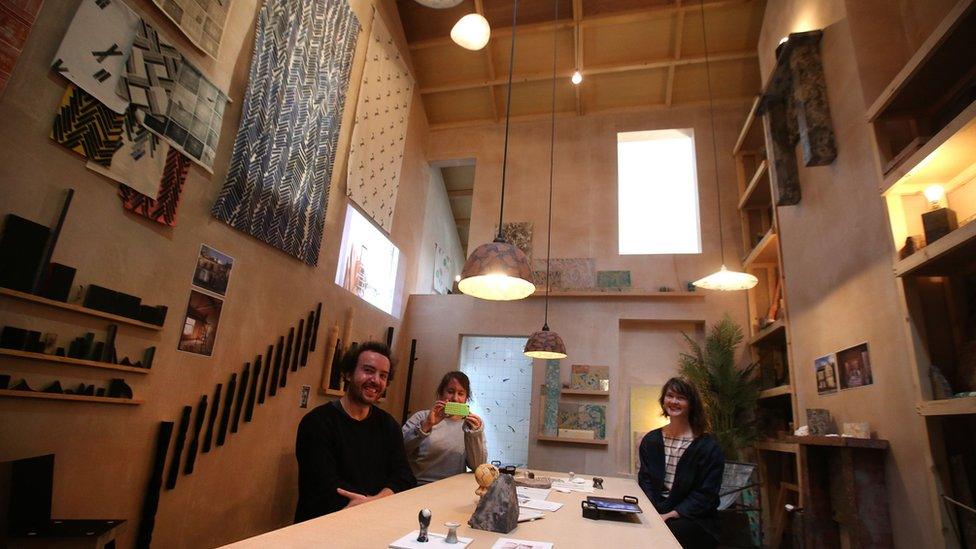
This 14-strong collective are the most leftfield nominees - they were shortlisted for their innovative work renovating 10 derelict houses in Toxteth, Liverpool.
Now they have made the items they designed for those houses available to the wider world.
"We're really keen to use the platform of the Turner Prize to set up a new social enterprise, which makes products for homes," Assemble's Lewis Jones said. "So for the show we've built a showroom for these products."
He adds: "They're not art-world prices. They're priced based on how much they cost to make. They're made by hand in Liverpool. It's not going to be £10,000 for a doorknob." The ceramic cabinet handles are £15 each, while the tiles will set you back £8.

Bonnie Camplin
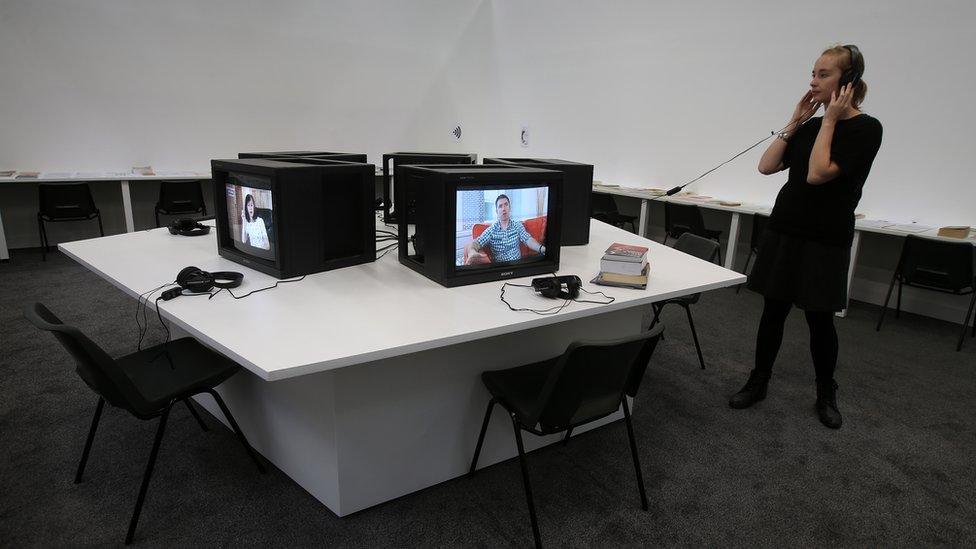
At the centre of Camplin's research suite are screens showing interviews with people who claim to have been to Mars or encountered aliens or experienced hypnotism or mind control.
Most people would dismiss these people out of hand. But not Camplin.
"I find that I'm perfectly open to the possibility that they are telling the truth - that they are not mad, rather the situation itself may be quite mad," she says.
She wants to challenge how society comes to a collective decision about what is rational and normal. Around the edge of her room are dozens of scientific-looking books and leaflets that, taken together, could build up a case for accepting some alternative views of reality.

Janice Kerbel
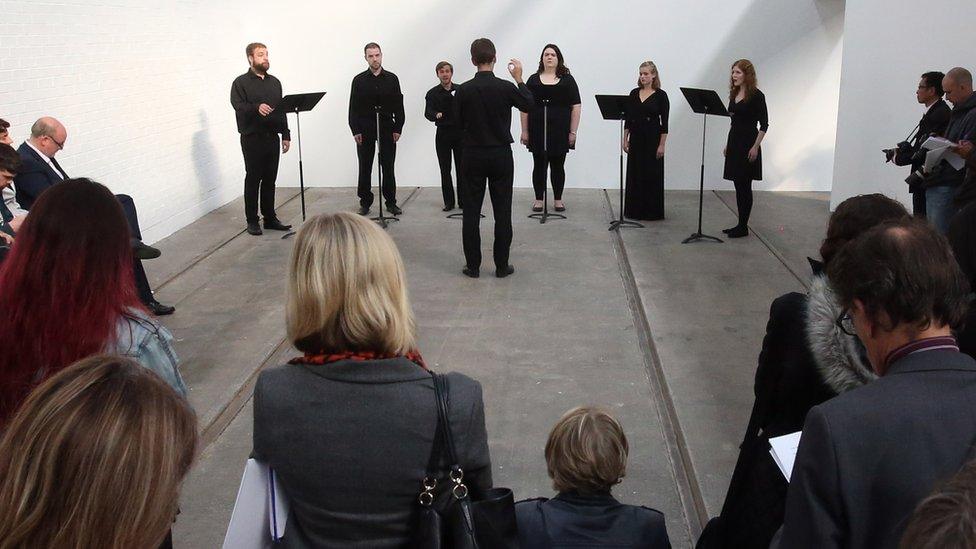
Canada-born Kerbel masters a new craft for every new artwork - in the past she has told stories using theatrical lighting, sports commentary and a radio play.
"Once she's adept in any discipline, it frees her up to do what she wants and use it to make new forms," says co-curator Claire Jackson. "So you get resulting works that are very familiar but very unexpected."
This time, she has used music. She has created nine songs to tell the story of a hapless fictional character called Doug - each song relating to a different accident or catastrophe in his life.
They will be performed at regular intervals in the Tramway. Until the Turner exhibition, the work had only been performed in public once, in Glasgow in 2014. Organisers would not say how many of the Turner judges were present.

Nicole Wermers
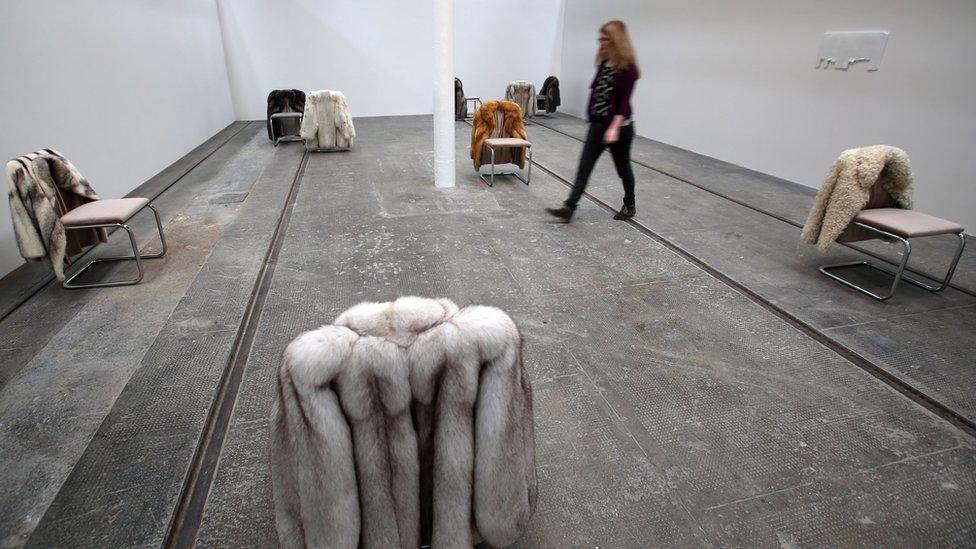
Wermers, originally from Germany, is interested in certain behaviours that barely get noticed in the modern world.
Here, she has arranged 10 dining chairs and sewn fur coats over their backs. It's supposed to refer to that moment when you go to a meeting or a restaurant and hang your coat over the back of the chair.
"To Nicole that's incredibly interesting," according to Paul Pieroni. "Obviously there's a practical dimension to it - it's the most obvious thing to do with your coat. But generally what it does is demark public space as temporarily private.
"She's always looking just beneath the surface of appearances and asking, why did you do that? Why is that that way?"
- Published12 May 2015

- Published3 December 2014
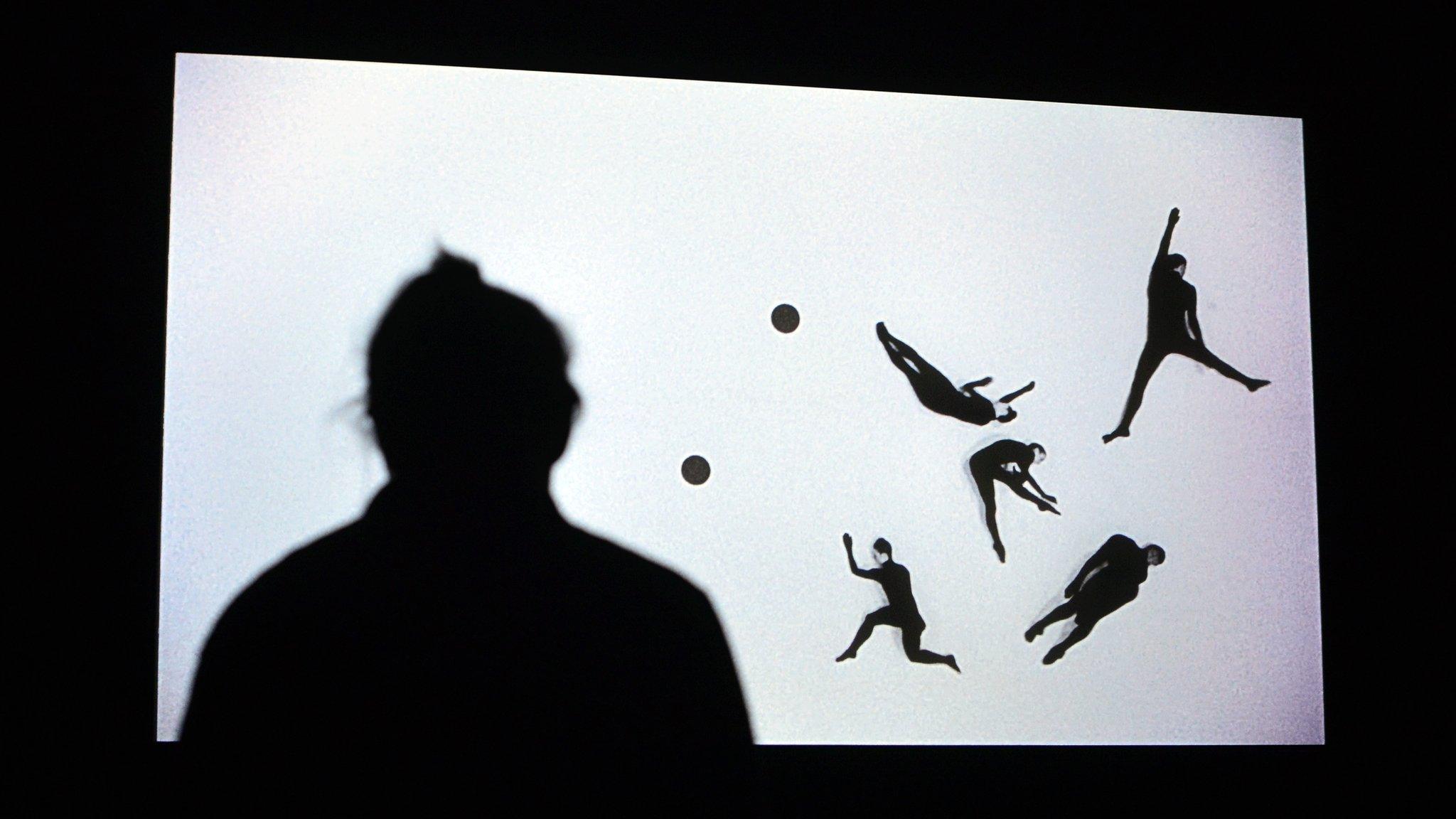
- Published1 December 2014
